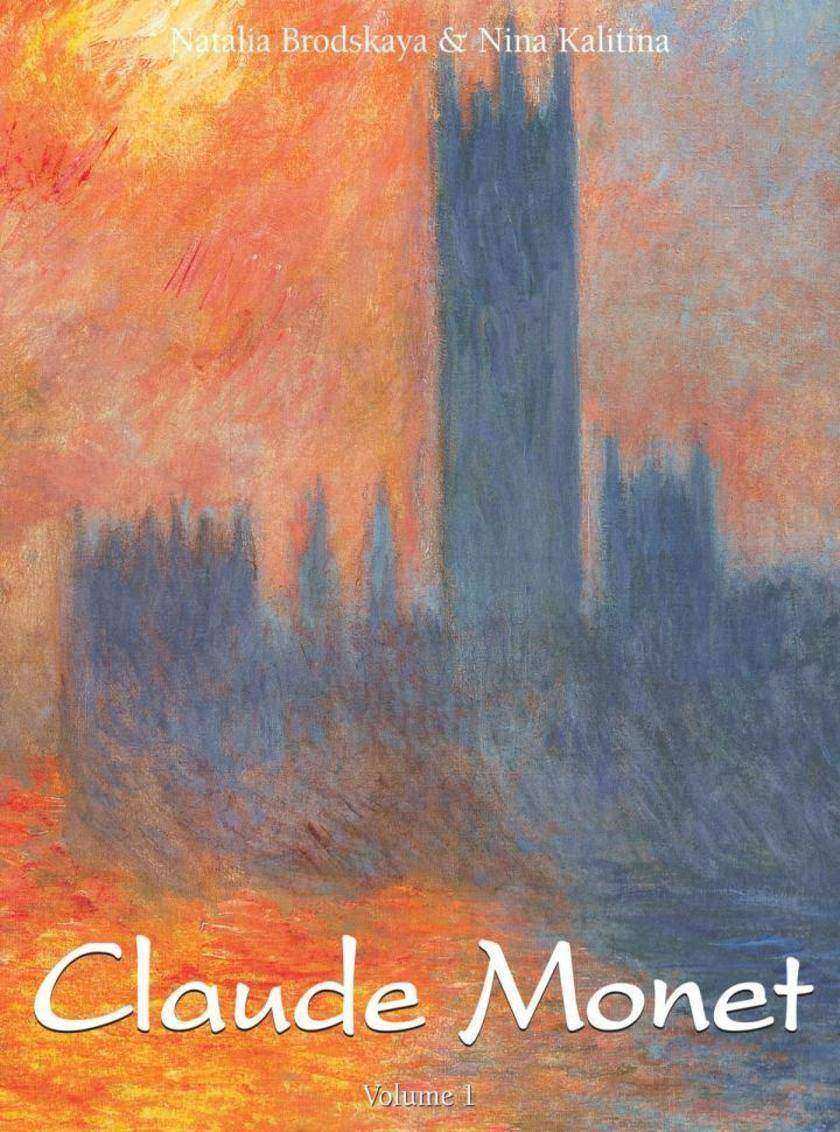
Claude Monet:Vol1
¥122.54
对莫奈而言,艺术创作始终是一种痛苦的挣扎。较之同时代人,他更深沉地痴迷于表达情感,更强烈地渴望传达超越大自然的光线效果。用他自己的话来形容:“技巧来来去去……艺术始终如一——它是大自然的转译,需要与意志力同等的敏感性。我和太阳搏斗……(我)应该用金子和宝石作画。”
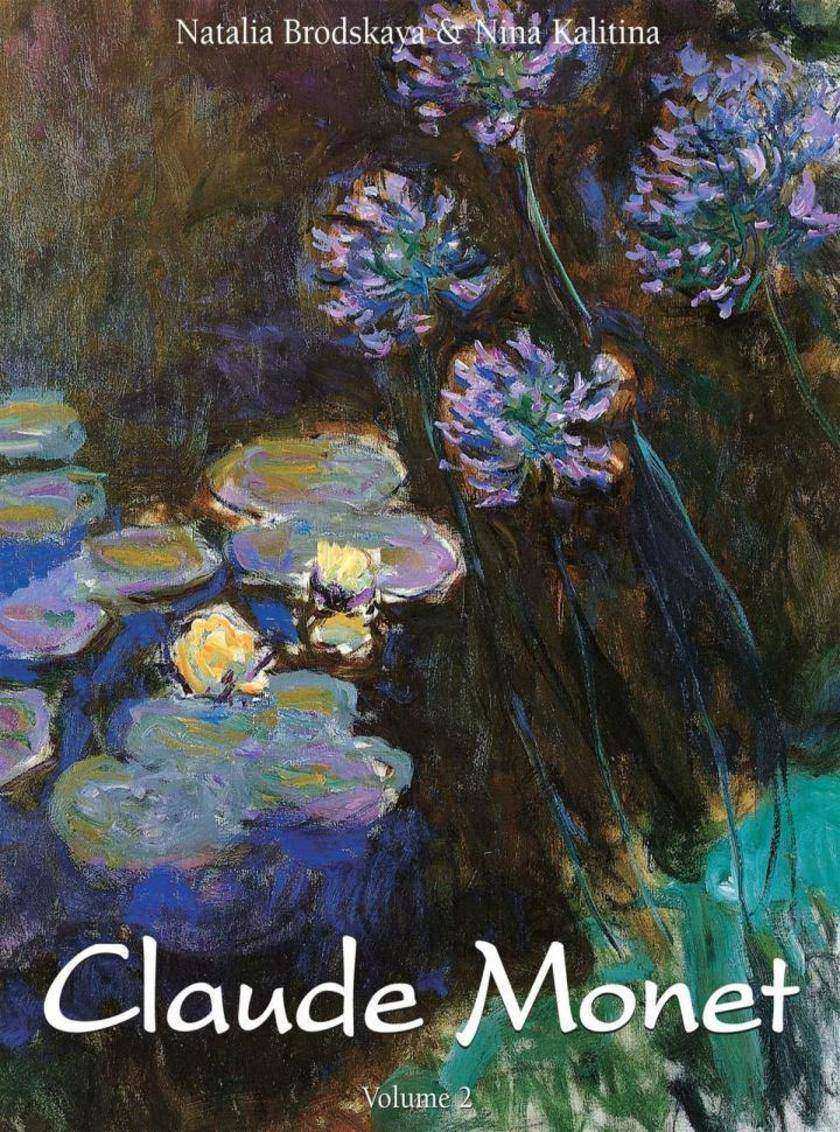
Claude Monet:Vol2
¥122.54
对莫奈而言,艺术创作始终是一种痛苦的挣扎。较之同时代人,他更深沉地痴迷于表达情感,更强烈地渴望传达超越大自然的光线效果。用他自己的话来形容:“技巧来来去去……艺术始终如一——它是大自然的转译,需要与意志力同等的敏感性。我和太阳搏斗……(我)应该用金子和宝石作画。”

Art of the 20th century
¥114.37
二十世纪是艺术史上的革命岁月。在其短短的几年中,现代主义喷薄而出,打破了几个世纪以来的古典形象艺术传统,创造出了崭新的作品。这本令人震撼地全面地展现了艺术的现代时代的作品,勾勒了二十世纪几场关键的艺术运动,从野兽派到流行艺术,详细特写了这一时代中负盛名的一些作品,也刊登了艺术批评家和艺术史学家的那些富有启发性的文章。翻开此书犹如打开了一扇进入现代艺术大家心灵世界的大门,生动而丰富,对于任何一个现代艺术粉丝来说,二十世纪的艺术都是不可或缺之物。
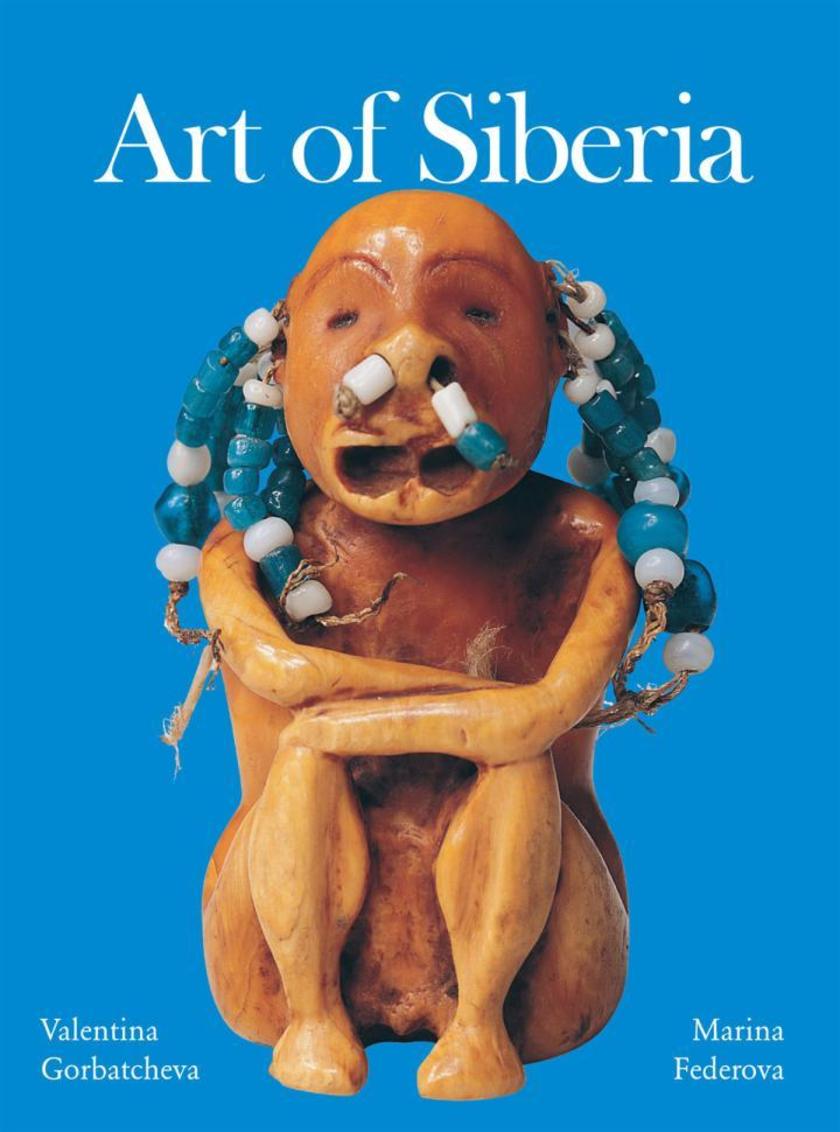
Art of Siberia
¥122.54
这本书讨论了西伯利亚的人民和传统,作为一本艺术、社会和历史的读物,将吸引很多读者。近,在圣彼得堡民族博物馆隐藏的密室中发现的材料具有轰动一时的重要性。在这本书中,这些材料的内容次出版面市,并经过了重新解释。作者才华横溢地表达了他们对这一反抗艰难环境和政治统治的民族热情和崇拜。
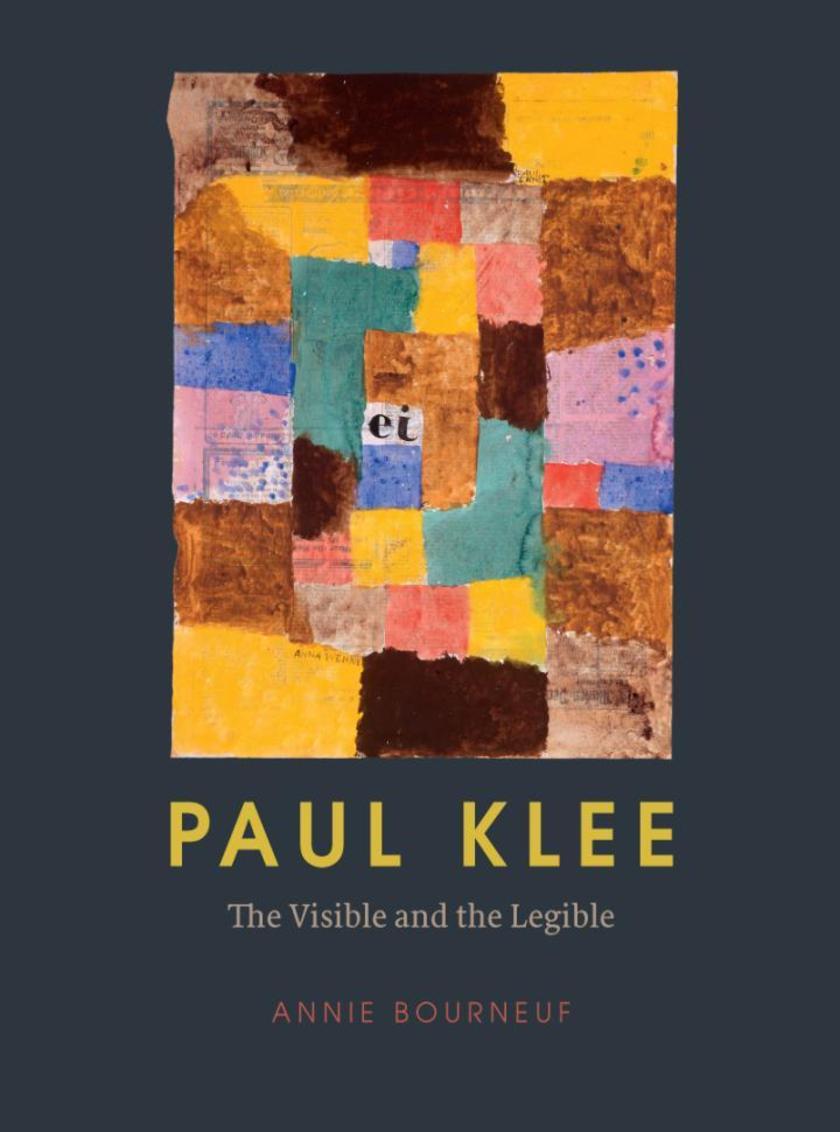
Paul Klee
¥370.82
The fact that Paul Klee (1879-1940) consistently intertwined the visual and the verbal in his art has long fascinated commentators from Walter Benjamin to Michel Foucault. However, the questions it prompts have never been satisfactorily answered-until now. In?Paul Klee, Annie Bourneuf offers the first full account of the interplay between the visible and the legible in Klee's works from the 1910s and 1920s.Bourneuf argues that Klee joined these elements to invite a manner of viewing that would unfold in time, a process analogous to reading. From his elaborate titles to the small scale he favored to his metaphoric play with materials, Klee created forms that hover between the pictorial and the written. Through his unique approach, he subverted forms of modernist painting that were generally seen to threaten slow, contemplative viewing. Tracing the fraught relations among seeing, reading, and imagining in the early twentieth century, Bourneuf shows how Klee reconceptualized abstraction at a key moment in its development.
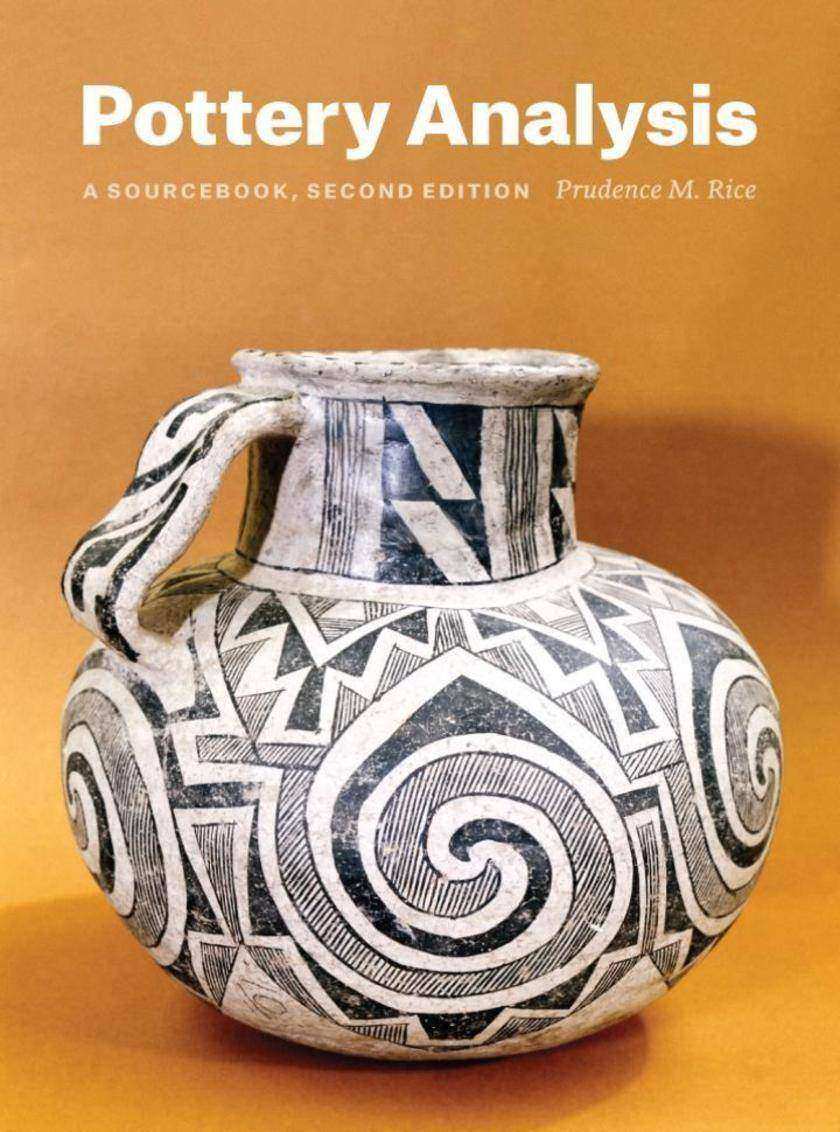
Pottery Analysis, Second Edition
¥453.22
Just as a single pot starts with a lump of clay, the study of a piece's history must start with an understanding of its raw materials. This principle is the foundation of Pottery Analysis, the acclaimed sourcebook that has become the indispensable guide for archaeologists and anthropologists worldwide. By grounding current research in the larger history of pottery and drawing together diverse approaches to the study of pottery, it offers a rich, comprehensive view of ceramic inquiry.This new edition fully incorporates more than two decades of growth and diversification in the fields of archaeological and ethnographic study of pottery. It begins with a summary of the origins and history of pottery in different parts of the world, then examines the raw materials of pottery and their physical and chemical properties. It addresses ethnographic and ethnoarchaeological perspectives on pottery production; reviews the methods of studying pottery's physical, mechanical, thermal, mineralogical, and chemical properties; and discusses how proper analysis of artifacts can reveal insights into their culture of origin. Intended for use in the classroom, the lab, and out in the field, this essential text offers an unparalleled basis for pottery research.
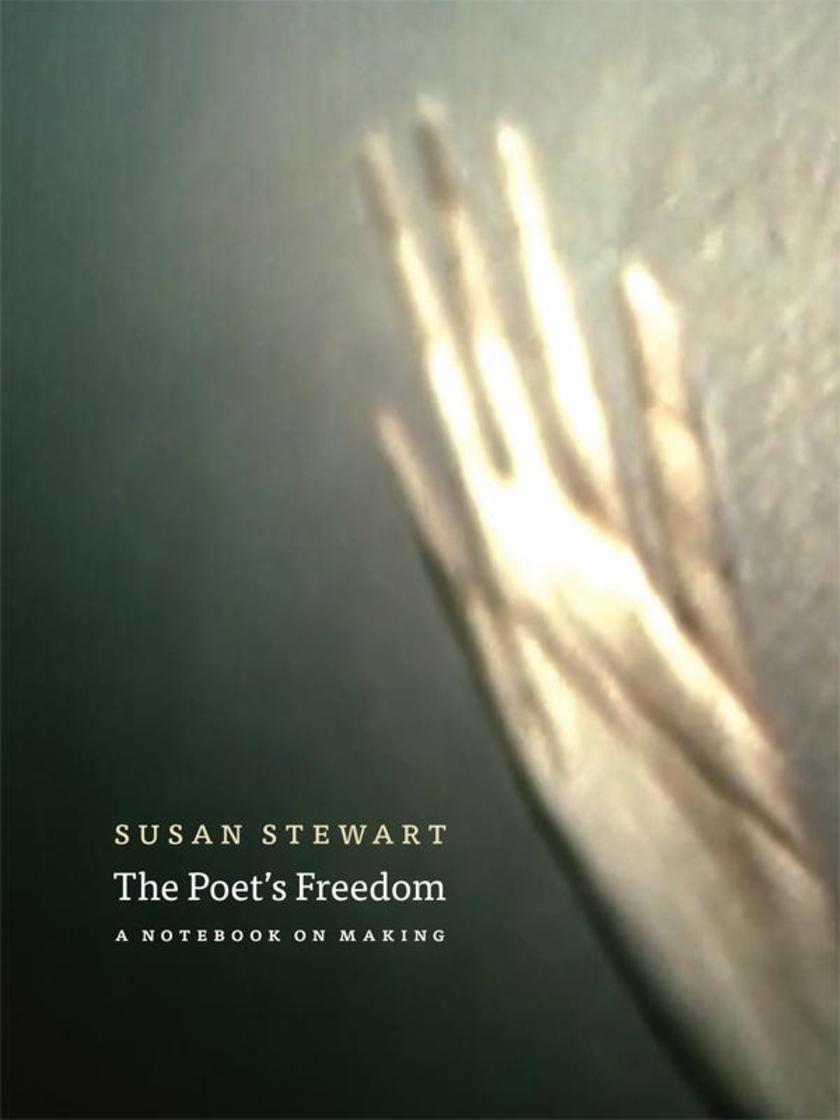
Poet's Freedom
¥229.55
Why do we need new artHow free is the artist in makingAnd why is the artist, and particularly the poet, a figure of freedom in Western cultureThe MacArthur Award-winning poet and critic Susan Stewart ponders these questions in The Poet's Freedom. Through a series of evocative essays, she not only argues that freedom is necessary to making and is itself something made, but also shows how artists give rules to their practices and model a self-determination that might serve in other spheres of work.Stewart traces the ideas of freedom and making through insightful readings of an array of Western philosophers and poets-Plato, Homer, Marx, Heidegger, Arendt, Dante, and Coleridge are among her key sources. She begins by considering the theme of making in the Hebrew Scriptures, examining their accountof a god who creates the world and leaves humans free to rearrange and reform the materials of nature. She goes on to follow the force of moods, sounds, rhythms, images, metrical rules, rhetorical traditions, the traps of the passions, and the nature of language in the cycle of making and remaking. Throughout the book she weaves the insight that the freedom to reverse any act of artistic making is as essential as the freedom to create.?A book about the pleasures of making and thinking as means of life, The Poet's Freedom explores and celebrates the freedom of artists who, working under finite conditions, make considered choices and shape surprising consequences. This engaging and beautifully written notebook on making will attract anyone interested in the creation of art and literature.
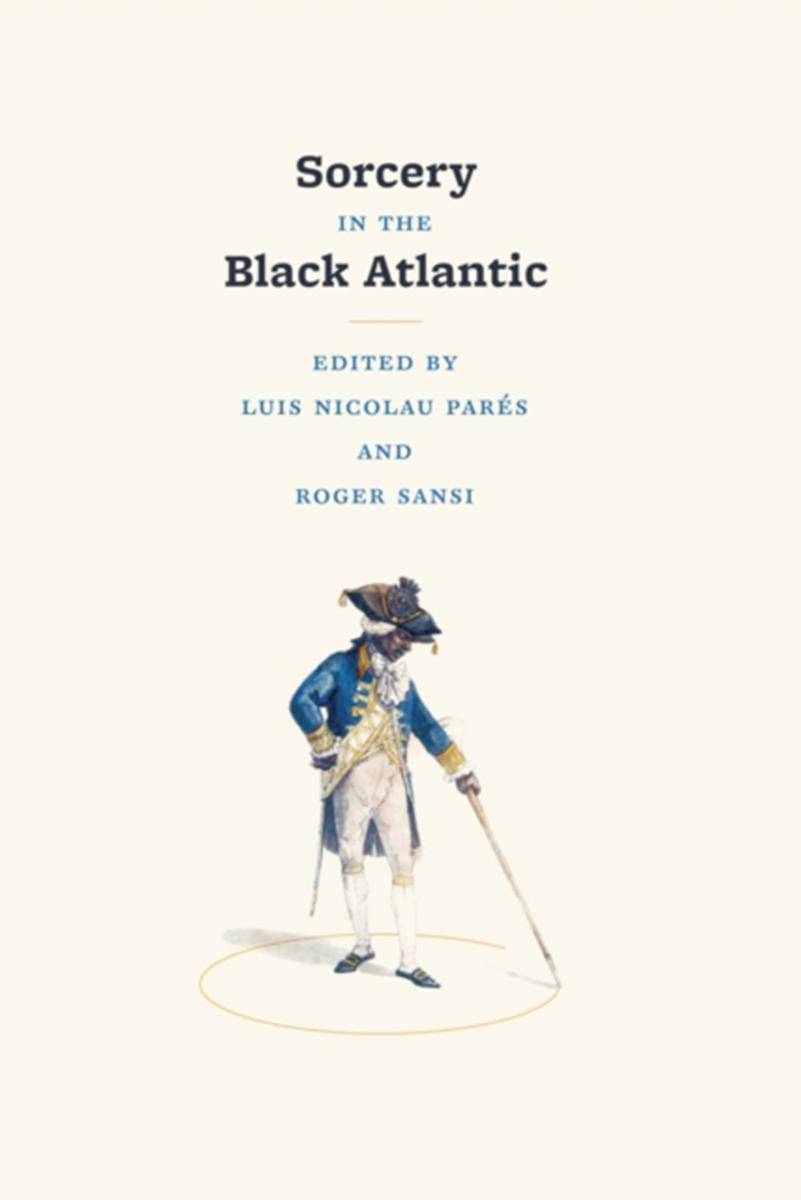
Sorcery in the Black Atlantic
¥253.10
Girls abused in London and torsos of black boys found in the Thames; African boys disappearing from school and child traffic in Africa; child sacrifice and Brazilian Pentecostal exorcism. Unrelated events are swiftly connected in an uncanny work of prestidigitation, including hitech digital images of torsos and forensic drawings of abused children. Les correspondances symboliques, Baudelaire would say, or contiguous magic, in Frazer’s more prosaic de*ion. It all could make sense, if we believe in our fears, suspicions, gossip, and prejudices. Furthermore, this incredible work of prestidigitation was engineered by two respectable institutions, known for their enlightened search of truth: the BBC and Scotland Yard. But where was the evidence that all these things were connectedThe “exorcism scandal” bewitched the media in Britain for the whole month of June, until some dissenting voices started to talk about a “racist witch hunt.” 5 By then, however, a population of hundreds of thousands of Africans, in particular Pentecostal Africans, was already under suspicion. “What if some of that was true?” some people still may ask. In fact, shortly before completing this introduction, the local London newspaper Evening Standard published a two-page report on an African church in the United Kingdom, with the title “Miracles and claims of baby-snatching,” mixing rumors of child trafficking, sorcery, syncretism, and extreme wealth. 6 That is how sorcery works: not by fully demonstrating its power, but by opening a possible doubt; one is never fully sure it is not true.

Daguerreotypes
¥288.41
In the digital age, photography confronts its future under the competing signs of ubiquity and obsolescence. While technology has allowed amateurs and experts alike to create high-quality photographs in the blink of an eye, new electronic formats have severed the original photochemical link between image and subject. At the same time, recent cinematic photography has stretched the concept of photography and raised questions about its truth value as a documentary medium. Despite this situation, photography remains a stubbornly substantive form of evidence: referenced by artists, filmmakers, and writers as a powerful emblem of truth, photography has found its home in other media at precisely the moment of its own material demise.By examining this idea of photography as articulated in literature, film, and the graphic novel, Daguerreotypes demonstrates how photography secures identity for figures with an otherwise unstable sense of self. Lisa Saltzman argues that in many modern works, the photograph asserts itself as a guarantor of identity, whether genuine or fabricated. From Roland Barthes's Camera Lucida to Ridley Scott's Blade Runner, W. G. Sebald's Austerlitz to Alison Bechdel's Fun Home-we find traces of photography's "e;fugitive subjects"e; throughout contemporary culture. Ultimately, Daguerreotypes reveals how the photograph, at once personal memento and material witness, has inspired a range of modern artistic and critical practices.
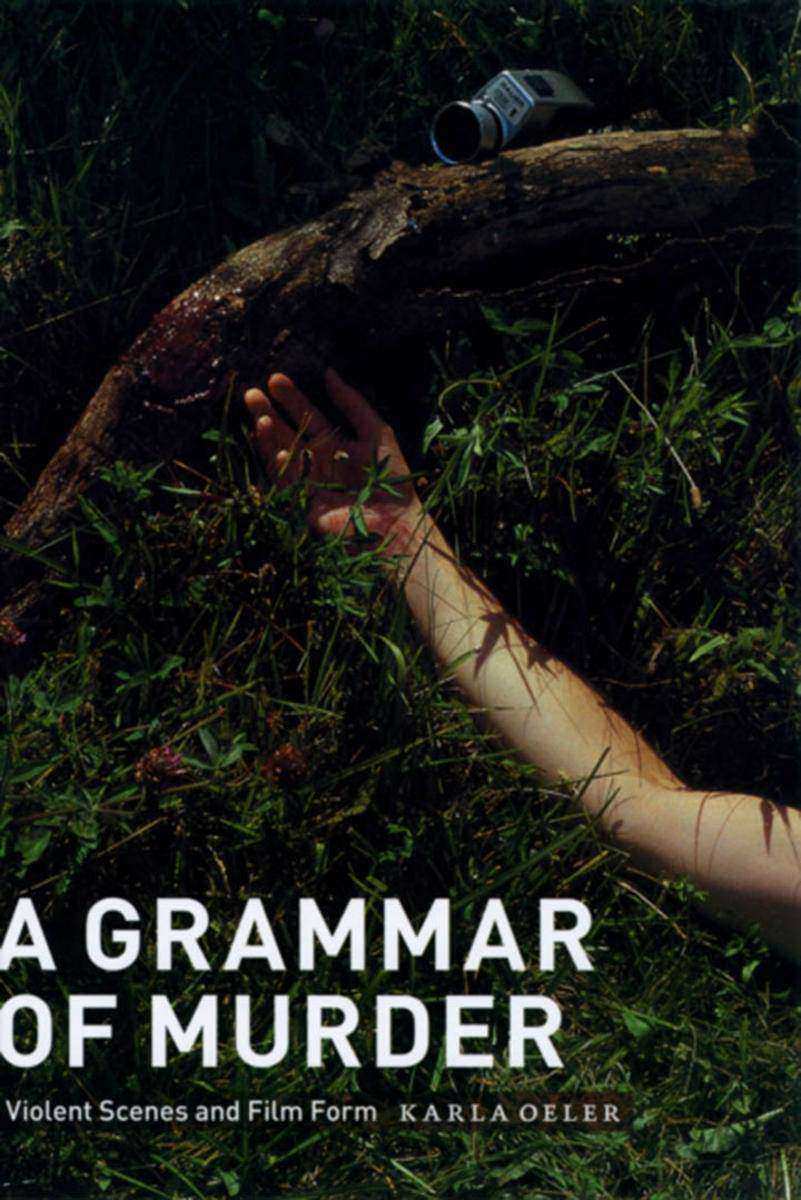
A Grammar of Murder
¥282.53
The dark shadows and offscreen space that force us to imagine violence we cannot see. The real slaughter of animals spliced with the fictional killing of men. The missing countershot from the murder victim's point of view. Such images, or absent images, Karla Oeler contends, distill how the murder scene challenges and changes film.?Reexamining works by such filmmakers as Renoir, Hitchcock, Kubrick, Jarmusch, and Eisenstein, Oeler traces the murder scene's intricate connections to the great breakthroughs in the theory and practice of montage and the formulation of the rules and syntax of Hollywood genre. She argues that murder plays such a central role in film because it mirrors, on multiple levels, the act of cinematic representation. Death and murder at once eradicate life and call attention to its former existence, just as cinema conveys both the reality and the absence of the objects it depicts. But murder shares with cinema not only this interplay between presence and absence, movement and stillness: unlike death, killing entails the deliberate reduction of a singular subject to a disposable object. Like cinema, it involves a crucial choice about what to cut and what to keep.
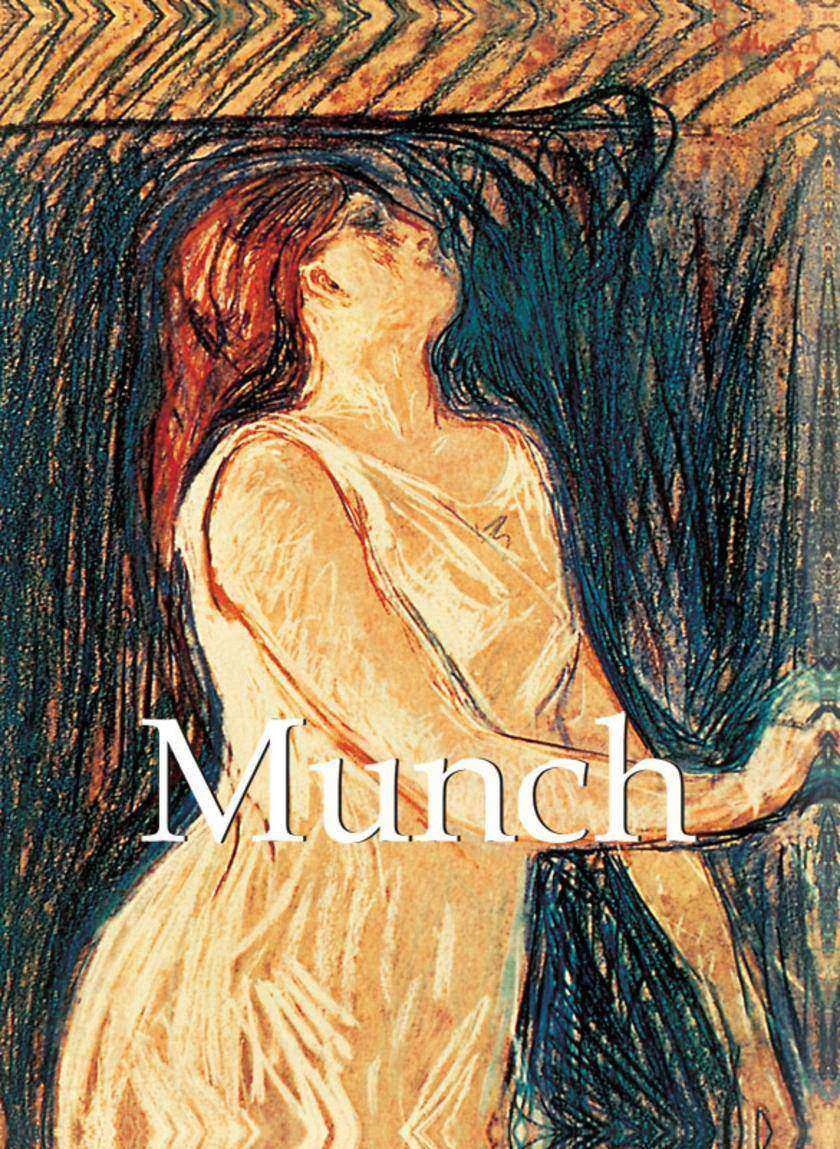
Munch
¥61.23
Edvard Munch, born in 1863, was Norway's most popular artist. His brooding and anguished paintings, based on personal grief and obsessions, were instrumental in the development of Expressionism. During his childhood, the death of his parents, his brother and sister, and the mental illness of another sister, were of great influence on his convulsed and tortuous art. In his works, Munch turned again and again to the memory of illness, death and grief. During his career, Munch changed his idiom many times. At first, influenced by Impressionism and Post-impressionism, he turned to a highly personal style and content, increasingly concerned with images of illness and death. In the 1892s, his style developed a ‘Synthetist' idiom as seen in The Scream (1893) which is regarded as an icon and the portrayal of modern humanity's spiritual and existential anguish. He painted different versions of it. During the 1890s Munch favoured a shallow pictorial space, and used it in his frequently frontal p
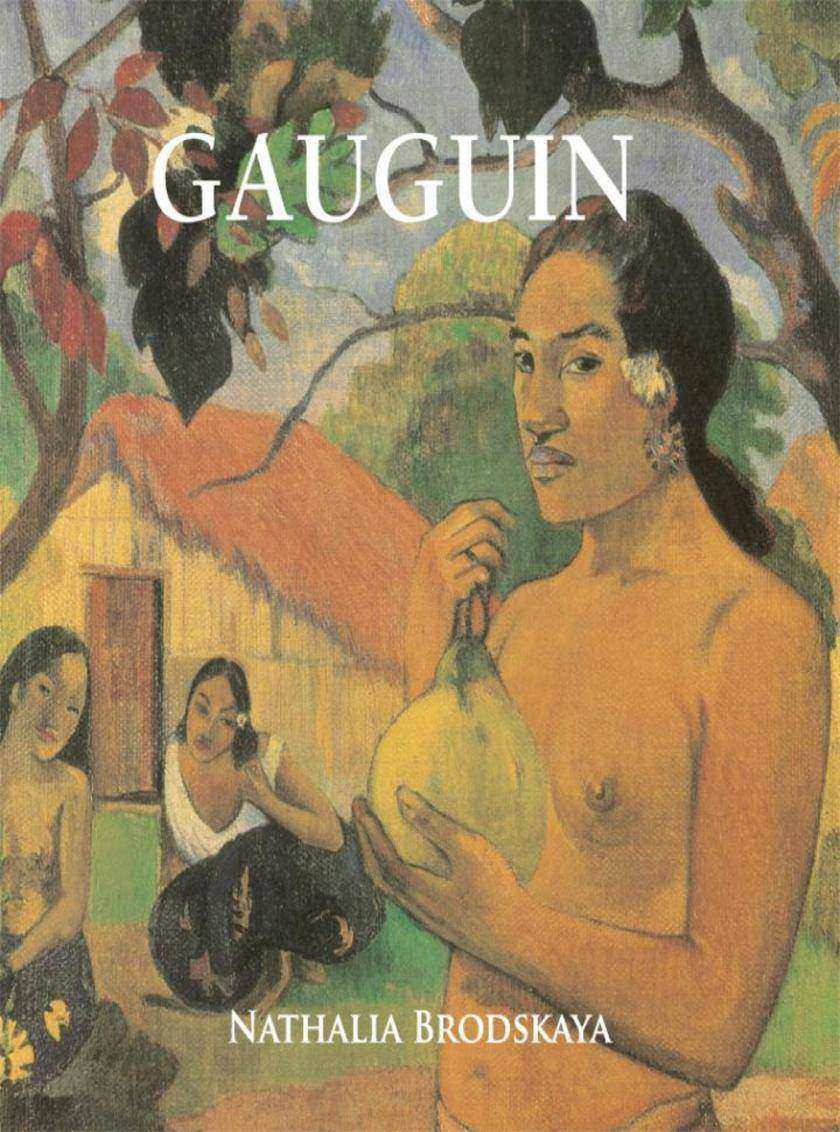
Gauguin
¥40.79
Mega Square的《高更》邀请读者跟随这位绘画梦想家保罗·高更(Paul Gauguin)的色彩丰富的杰作,从法国到梦幻到充满异域风情的塔希提岛。这本书既收录了这位影响深远的画家的标志性作品,也收录了他一些鲜为人知的杰作,重点强调了高更著名的情色、原始的风格和色彩的灵动。对于高更的粉丝或者是还未发掘高更作品的艺术爱好者来说,这本方便丰富的小册子就是一份*的礼物。
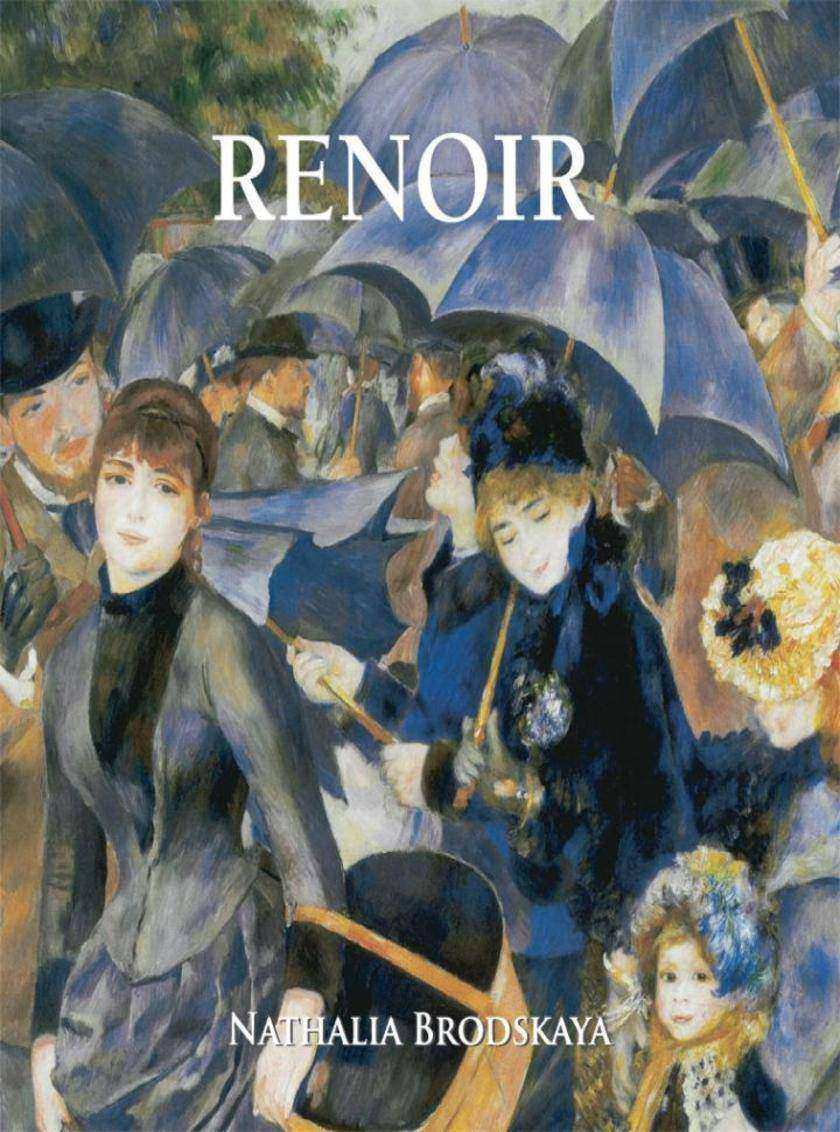
Renoir
¥40.79
Pierre-Auguste Renoir was born in Limoges on 25 February 1841. In 1854, the boy’s parents took him from school and found a place for him in the Lévy brothers’ workshop, where he was to learn to paint porcelain. Renoir’s younger brother Edmond had this to say this about the move: “From what he drew in charcoal on the walls, they concluded that he had the ability for an artist’s profession. That was how our parents came to put him to learn the trade of porcelain painter.” One of the Lévys’ workers, Emile Laporte, painted in oils in his spare time. He suggested Renoir makes use of his canvases and paints. This offer resulted in the appearance of the first painting by the future impressionist. In 1862 Renoir passed the examinations and entered the Ecole des Beaux-Arts and, simultaneously, one of the independent studios, where instruction was given by Charles Gleyre, a professor at the Ecole des Beaux-Arts. The second, perhaps even the first, great event of this period in Renoir’s life was
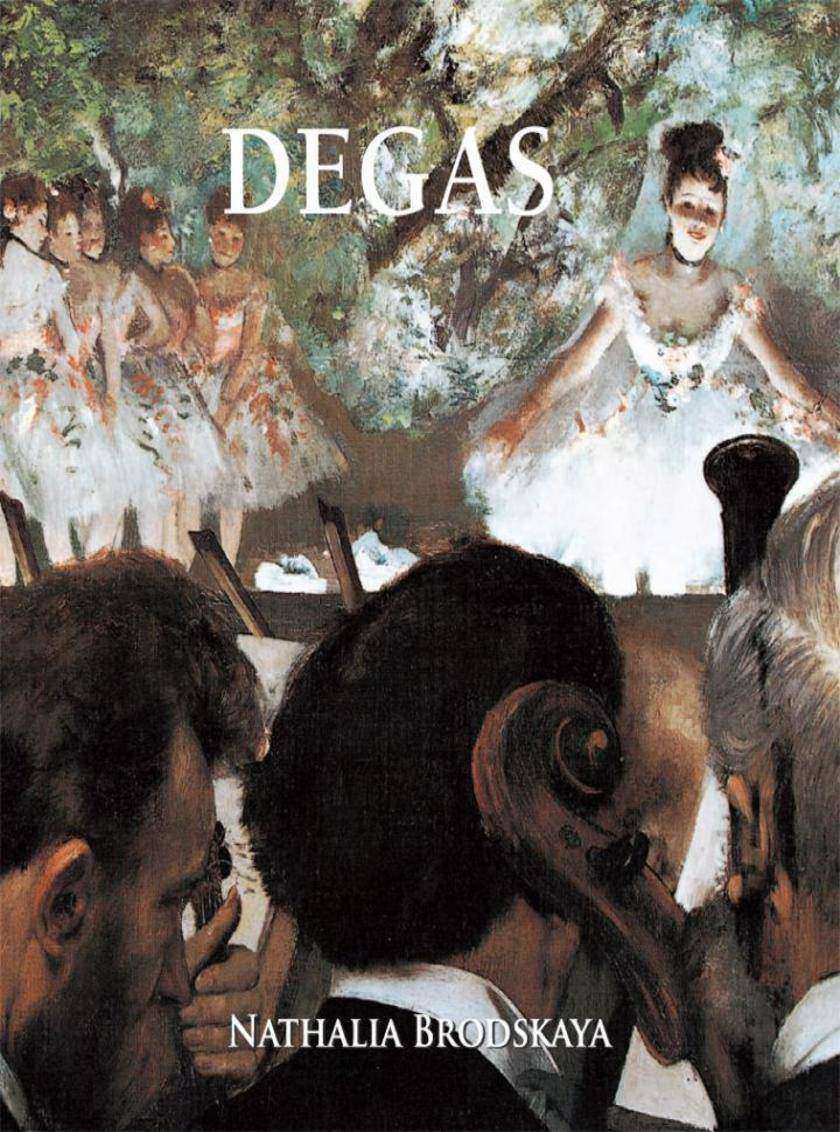
Degas
¥40.79
Degas was closest to Renoir in the impressionist’s circle, for both favoured the animated Parisian life of their day as a motif in their paintings. Degas did not attend Gleyre’s studio; most likely he first met the future impressionists at the Café Guerbois. He started his apprenticeship in 1853 at the studio of Louis-Ernest Barrias and, beginning in 1854, studied under Louis Lamothe, who revered Ingres above all others, and transmitted his adoration for this master to Edgar Degas. Starting in 1854 Degas travelled frequently to Italy: first to Naples, where he made the acquaintance of his numerous cousins, and then to Rome and Florence, where he copied tirelessly from the Old Masters. His drawings and sketches already revealed very clear preferences: Raphael, Leonardo da Vinci, Michelangelo, and Mantegna, but also Benozzo Gozzoli, Ghirlandaio, Titian, Fra Angelico, Uccello, and Botticelli. During the 1860s and 1870s he became a painter of racecourses, horses and jockeys. His fabulous p

Kahlo
¥40.79
在弗里达·卡罗(Frida?Kahlo)的自画像背后,是她一生的故事。也正是因此,读者会被这本画集所深深吸引。弗里达的作品是她生命的记录,很少有艺术家如同弗里达一样,能够让我们从画框之间获得如此多的东西。弗里达·卡罗确实是墨西哥艺术史的礼物。当她年仅十八岁的时候,一场严重的车祸永远地改变了她的生命,她自此以后被残疾和频繁的疼痛所困扰。但是弗里达那火爆的个性、天然的决心和勤奋的工作造就了她的艺术才能。即使是花花公子的伟大画家迭戈·里维拉(Diego Rivera)也深深迷恋着她。弗里达靠自身的魅力、才能和智慧赢得了迭戈·里维拉,她也学会了依靠里维拉的成功来探索世界,从而在一群紧密的友人之中创造了自己独特的风格。她的私生活极其混乱,一方面她常常摆脱与迭戈的关系,另一方面她也深陷双性恋之中。不仅如此,弗里达和迭戈还不断拯救着他们之间分崩离析的关系。弗里达留给我们的故事和绘画作品为我们诠释了一个女人不断发现自我的勇者历程。
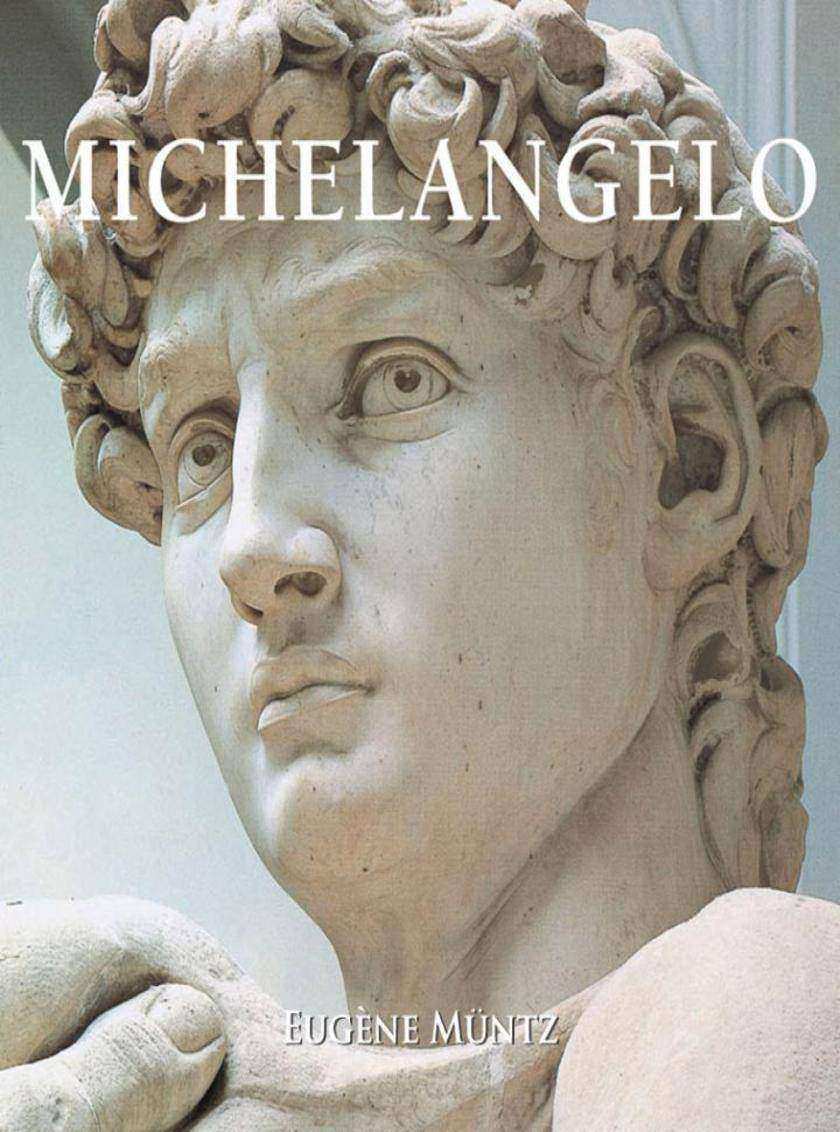
Michelangelo
¥40.79
米开朗基罗(Michelangelo)的名字不断浮现在西斯廷教堂、阿波罗、丘比特等数不计数的杰作中。在《意大利绘画》(The Italian Painting)这本书中,作者司汤达写道:“在古希腊风物和米开朗基罗之间,没有任何距离,除了或多或少技术娴熟的伪造物。”在《漫步罗马》(Promenade in Rome)一书中,沙特布莱表达了对《圣母怜子像》(Pieta)中那些精致的线条的崇敬之情。诸如司汤达等大连古欧秀的作家将米开朗基罗视为西方艺术复兴的大家之一。毫无疑问,米开朗基罗的作品经历住了时间的考验。在若干年后,米开朗基罗的作品何以能够揭示希腊先驱们的创造性来源?米开朗基罗是创造性的天才和超人,是意大利文艺复兴中无与伦比的艺术家,他的影响力和成就与达芬奇可相媲美。在这本著作中, Jean-Matthieu Gosselin探讨了米开朗基罗所有的身份:雕塑家、建筑师、画家和美术家。

O'Keeffe
¥40.79
In 1905 Georgia travelled to Chicago to study painting at the Art Institute of Chicago. In 1907 she enrolled at the Art Students’ League in New York City, where she studied with William Merritt Chase. During her time in New York she became familiar with the 291 Gallery owned by her future husband, photographer Alfred Stieglitz. In 1912, she and her sisters studied at university with Alon Bement, who employed a somewhat revolutionary method in art instruction originally conceived by Arthur Wesley Dow. In Bement’s class, the students did not mechanically copy nature, but instead were taught the principles of design using geometric shapes. They worked at exercises that included dividing a square, working within a circle and placing a rectangle around a drawing, then organising the composition by rearranging, adding or eliminating elements. It sounded dull and to most students it was. But Georgia found that these studies gave art its structure and helped her understand the basics of abstra
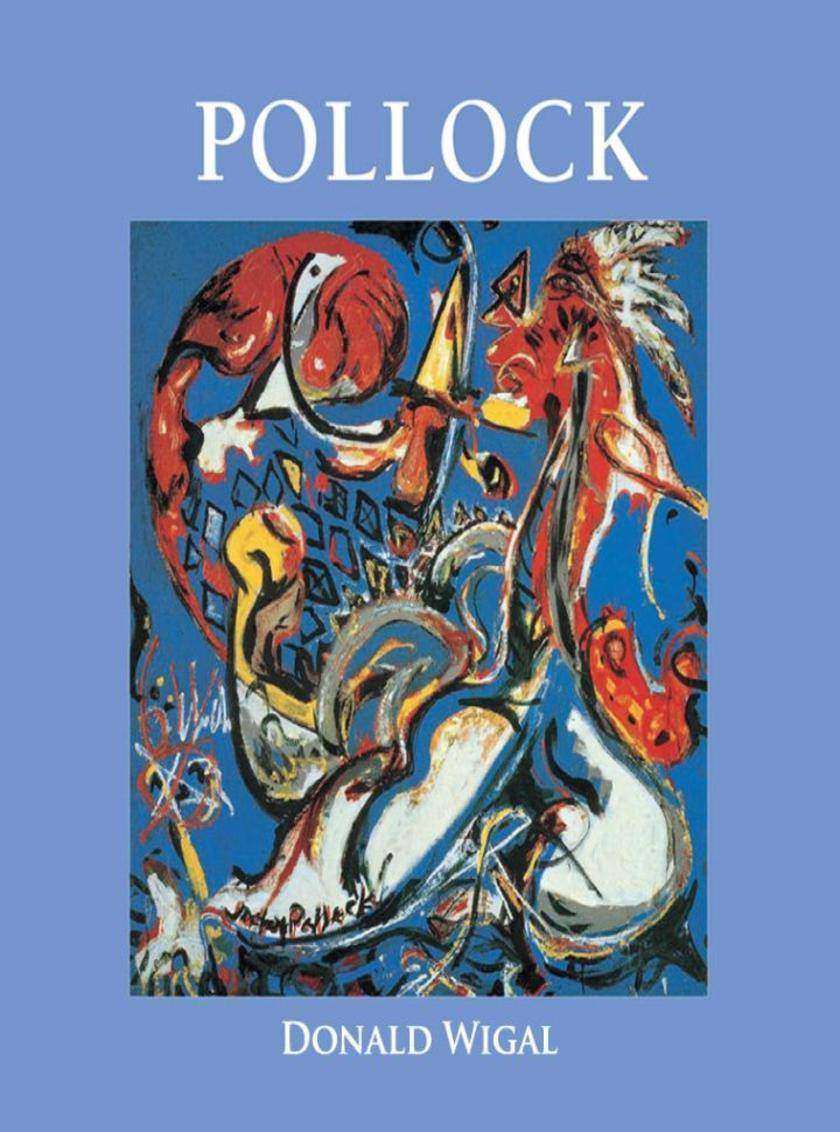
Pollock
¥40.79
Born in 1912, in a small town in Wyoming, Jackson Pollock embodied the American dream as the country found itself confronted with the realities of a modern era replacing the fading nineteenth century. Pollock left home in search of fame and fortune in New York City. Thanks to the Federal Art Project he quickly won acclaim, and after the Second World War became the biggest art celebrity in America. For De Kooning, Pollock was the “icebreaker”. For Max Ernst and Masson, Pollock was a fellow member of the European Surrealist movement. And for Motherwell, Pollock was a legitimate candidate for the status of the Master of the American School. During the many upheavals in his life in Nez York in the 1950s and 60s, Pollock lost his bearings - success had simply come too fast and too easily. It was during this period that he turned to alcohol and disintegrated his marriage to Lee Krasner. His life ended like that of 50s film icon James Dean behind the wheel of his Oldsmobile, after a night of
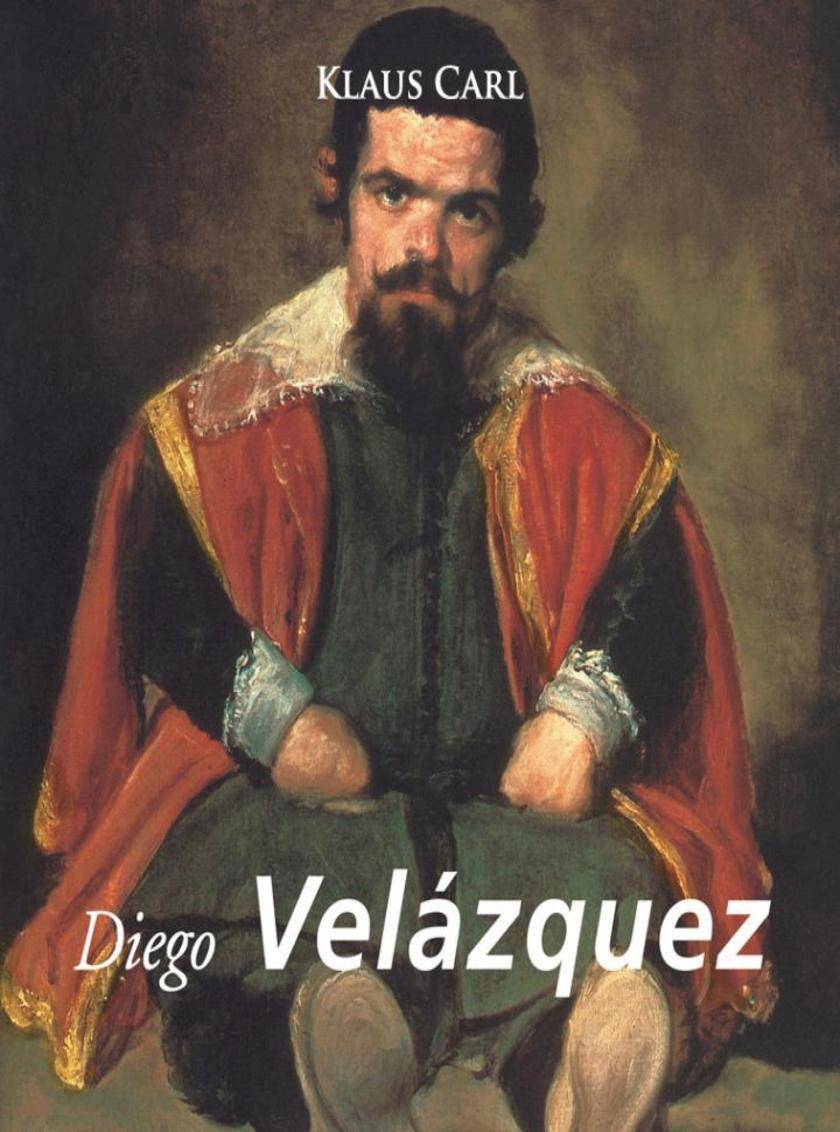
Velasquez
¥40.79
Diego Rodríguez de Silva y Velázquez (June 1599 – August 6 1660), known as Diego Vélasquez, was a painter of the Spanish Golden Age who had considerable influence at the court of King Philip IV. Along with Francisco Goya and Le Greco, he is generally considered to be one of the greatest artists in Spanish history. His style, whilst remaining very personal, belongs firmly in the Baroque movement. Velázquez’s two visits to Italy, evidenced by documents from that time, had a strong effect on the manner in which his work evolved. Besides numerous paintings with historical and cultural value, Diego Vélasquez painted numerous portraits of the Spanish Royal Family, other major European figures, and even of commoners. His artistic talent, according to general opinion, reached its peak in 1656 with the completion of Las Meninas, his great masterpiece. In the first quarter of the 19th century, Velázquez's style was taken as a model by Realist and Impressionist painters, in particular by ?douard
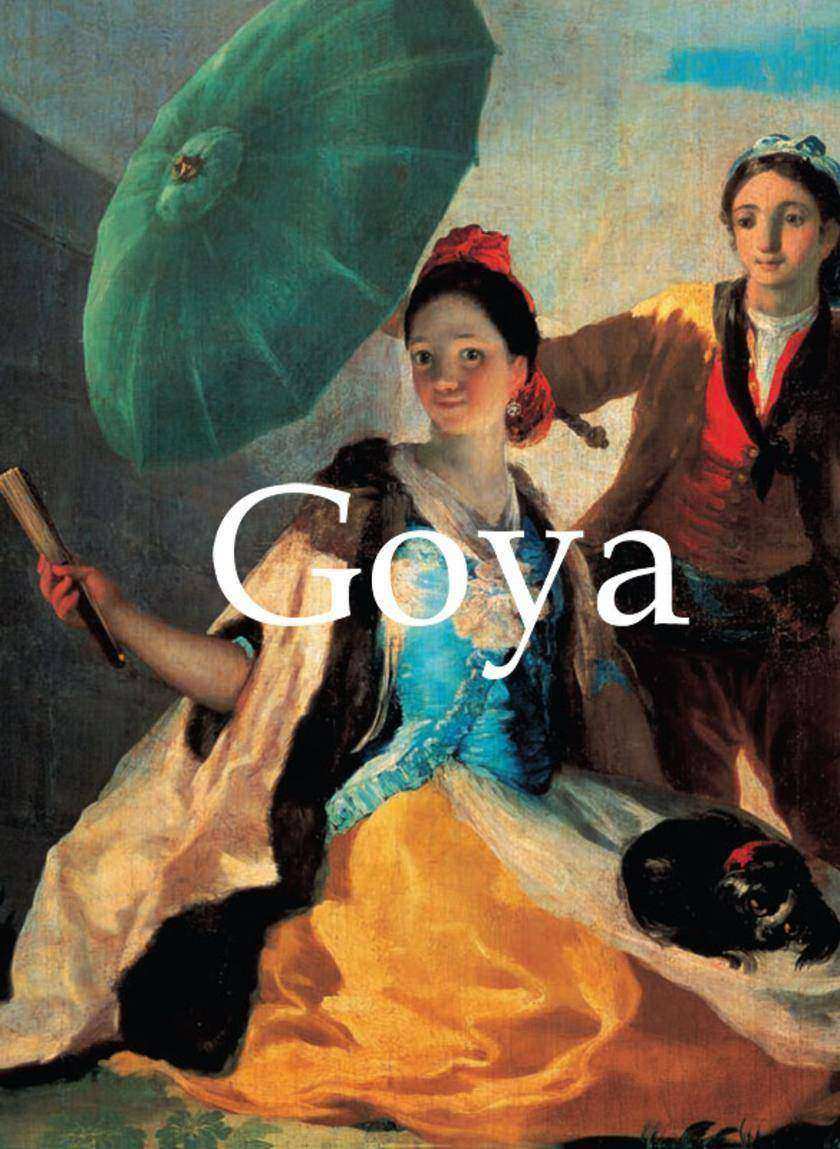
Goya
¥61.23
Goya is perhaps the most approachable of painters. His art, like his life, is an open book. He concealed nothing from his contemporaries, and offered his art to them with the same frankness. The entrance to his world is not barricaded with technical difficulties. He proved that if a man has the capacity to live and multiply his experiences, to fight and work, he can produce great art without classical decorum and traditional respectability. He was born in 1746, in Fuendetodos, a small mountain village of a hundred inhabitants. As a child he worked in the fields with his two brothers and his sister until his talent for drawing put an end to his misery. At fourteen, supported by a wealthy patron, he went to Saragossa to study with a court painter and later, when he was nineteen, on to Madrid. Up to his thirty-seventh year, if we leave out of account the tapestry cartoons of unheralded decorative quality and five small pictures, Goya painted nothing of any significance, but once in contro
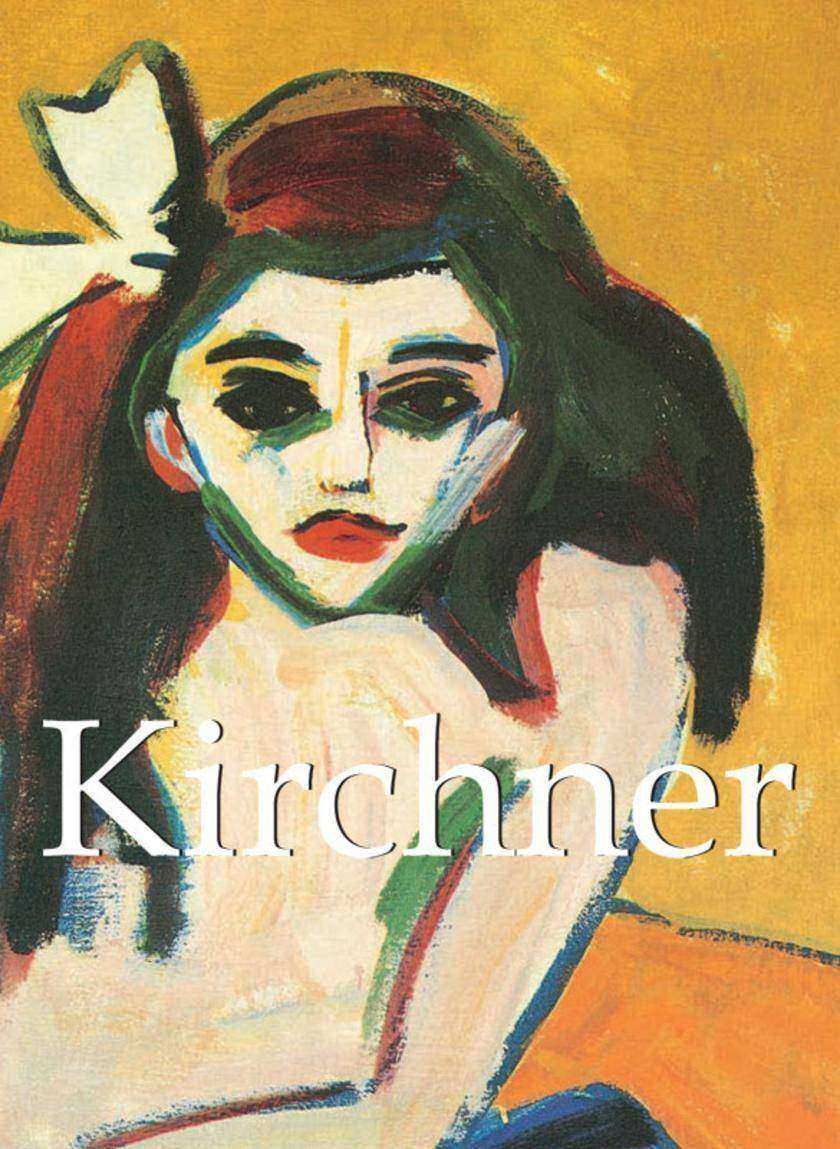
Kirchner
¥61.23
The self-appointed “leader” of the artists’ group Die Brücke (Bridge), founded in Dresden in 1905, Ernst Ludwig Kirchner was a key figure in the early development of German Expressionism. His first works show the influence of Impressionism, Post-impressionism and Jugendstil, but by about 1909, Kirchner was painting in a distinctive, expressive manner with bold, loose brushwork, vibrant and non-naturalistic colours and heightened gestures. He worked in the studio from sketches made very rapidly from life, often from moving figures, from scenes of life out in the city or from the Die Brücke group’s trips to the countryside. A little later he began making roughly-hewn sculptures from single blocks of wood. Around the time of his move to Berlin, in 1912, Kirchner’s style in both painting and his prolific graphic works became more angular, characterized by jagged lines, slender, attenuated forms and often, a greater sense of nervousness. These features can be seen to most powerful effect in




 购物车
购物车 个人中心
个人中心



